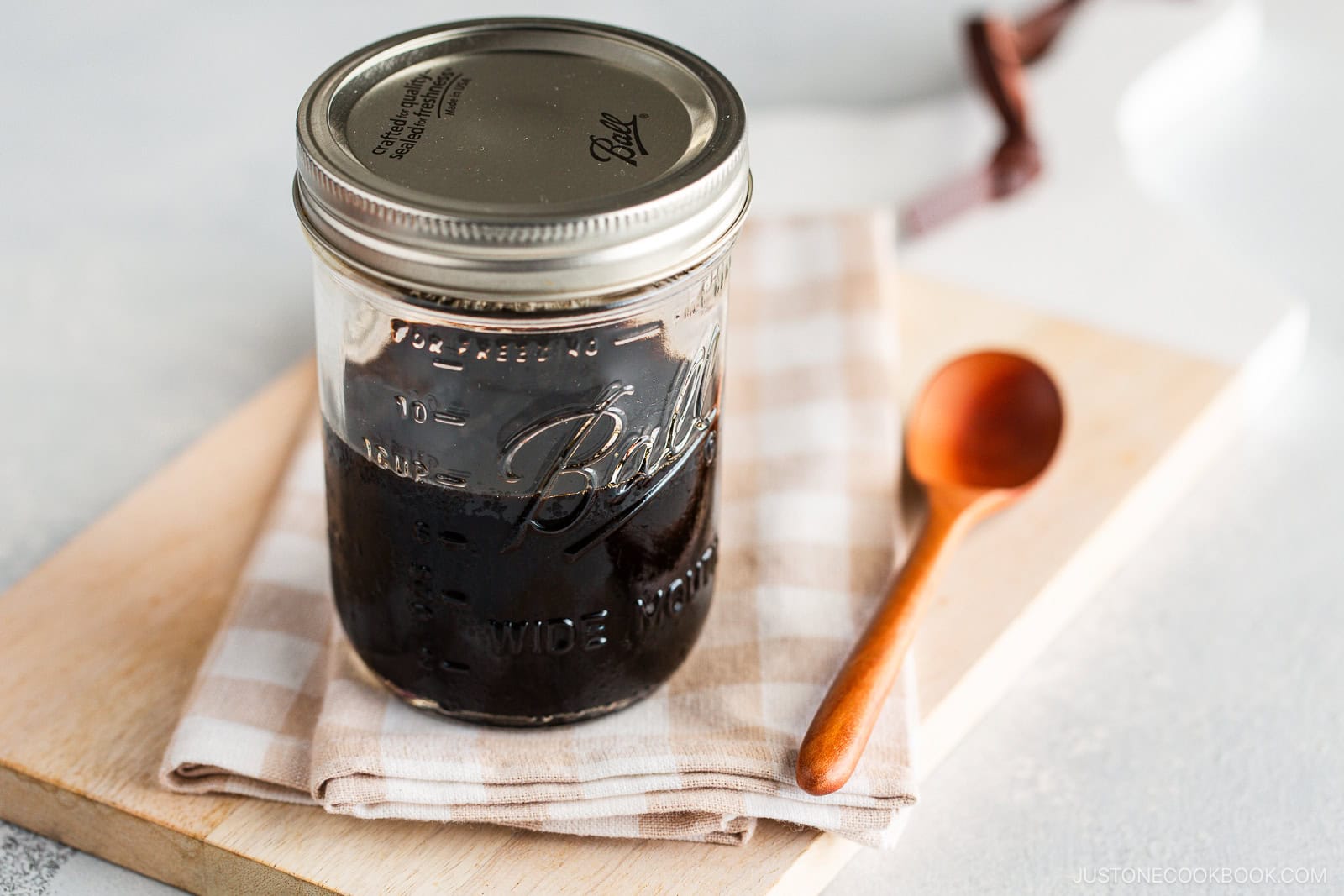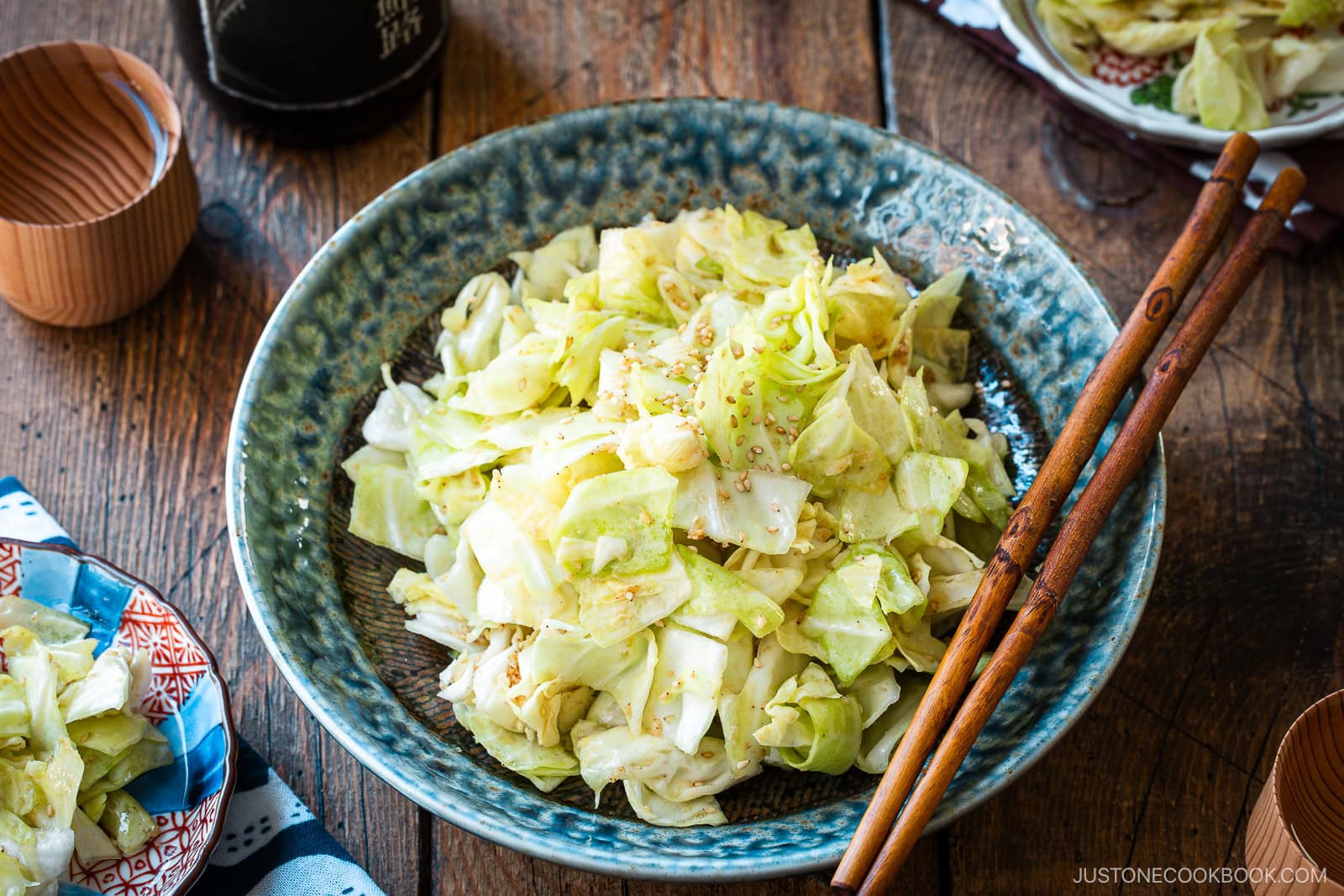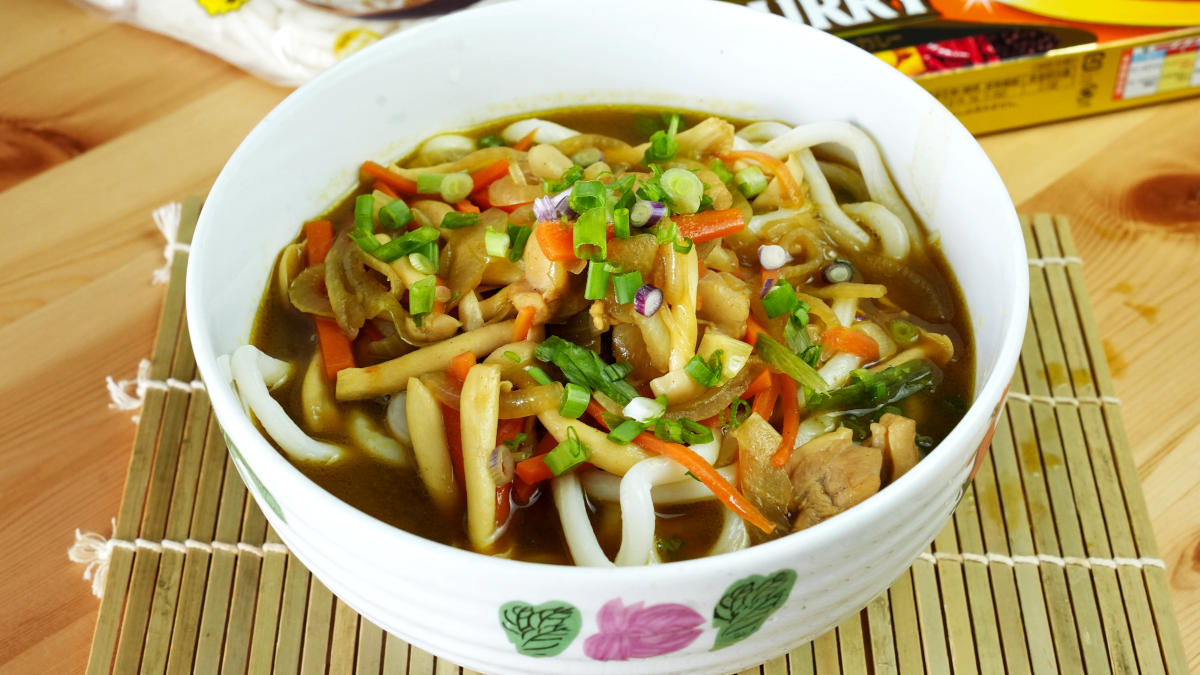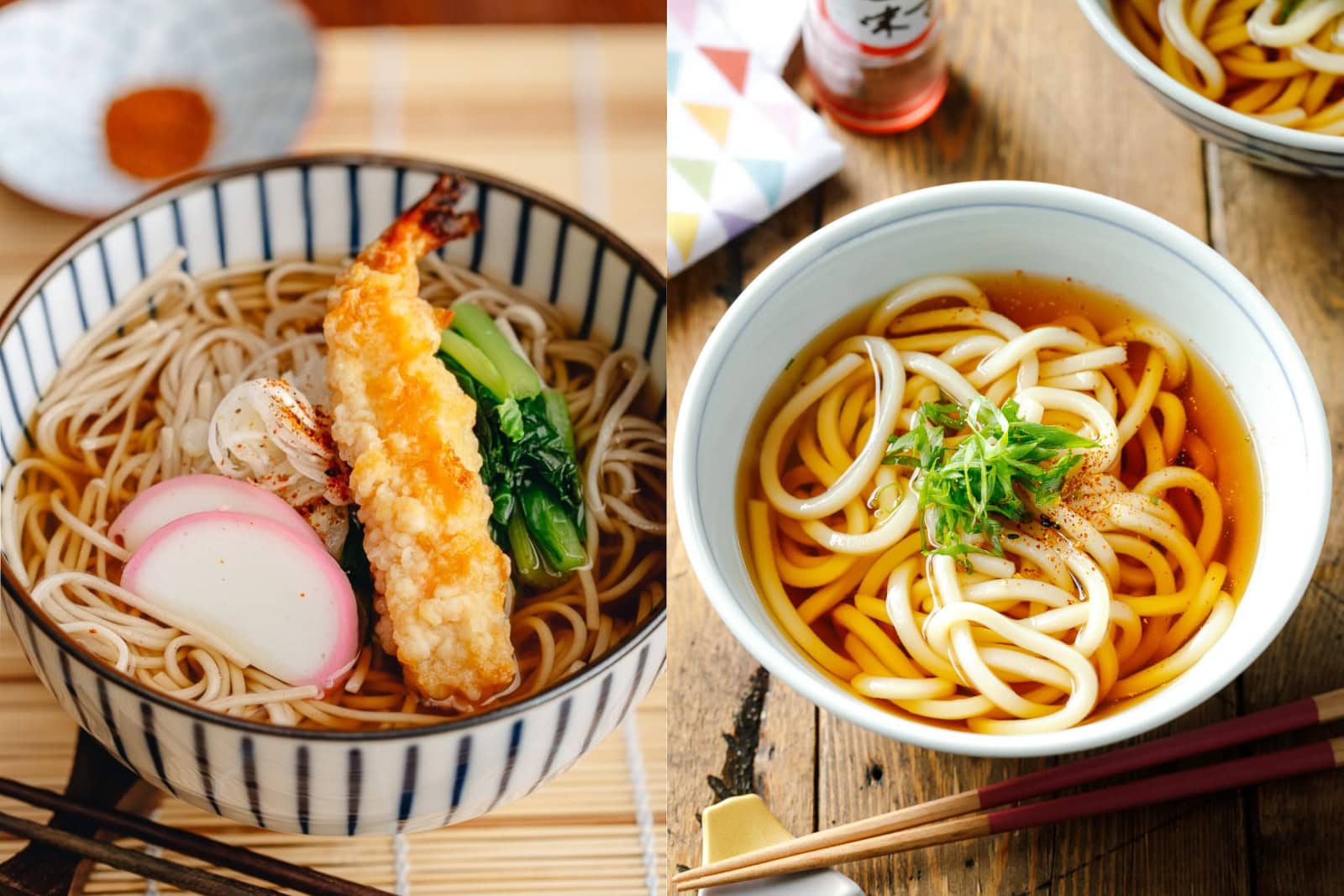Discover the art of crafting a delightful and simple homemade Teriyaki Sauce that embodies authentic Japanese flavors. With just four essential ingredients, this sweet and savory sauce will become your favorite seasoning for chicken, salmon, tofu, beef, and meatballs.
Teriyaki Sauce (照り焼きのたれ) has gained popularity as a seasoning worldwide. Did you know that Japanese home cooks often prepare this sauce using just four simple ingredients? We rarely opt for store-bought versions because making it at home yields a far superior flavor. Let me guide you through the process of creating a batch of this versatile sauce that pairs wonderfully with nearly any dish!
If you’re in the mood for teriyaki-inspired dishes, don’t miss my recipes for Chicken Teriyaki, Teriyaki Salmon, and Teriyaki Tofu!
What is Teriyaki Sauce?
Teriyaki (照り焼き) refers to a cooking method that originated in Japan during the 1600s. The term Teri (照り) signifies luster, while yaki (焼き) means grilled, broiled, or pan-fried, which is a common technique among Japanese home cooks. This method involves brushing food with a shiny glaze known as tare (タレ). Nowadays, both the teriyaki-style dishes and the sauce itself are referred to as teriyaki outside of Japan.
Why I Love This Recipe
- Better than store-bought – Homemade teriyaki sauce is unbeatable! I appreciate that this version contains no artificial flavor enhancers or additives, allowing me to know exactly what I’m serving my family.
- Simple with just 4 ingredients – Enjoy authentic Japanese flavors from the foundational ingredients: soy sauce, sake, mirin, and sugar. It’s delicious yet straightforward!
- Quick and easy – Just heat, simmer, and cool. The entire process takes only 10–15 minutes!
- Make ahead – This sauce can be stored in the fridge for 2–3 weeks, making it perfect for quick weeknight meals.
Ingredients for Teriyaki Sauce
To prepare the teriyaki sauce, gather these four essential ingredients from your Japanese pantry:
- Soy sauce – Opt for Japanese soy sauce, as it has a unique flavor profile compared to Chinese, Thai, or Korean varieties.
- Sake – This Japanese rice wine adds depth and a subtle fruitiness. Recommended brands include Gekkeikan, Sho Chiku Bai, or Ozeki, available at Japanese and many Asian grocery stores or major liquor stores.
- Mirin – This sweet rice wine is crucial in many Japanese recipes, imparting a delicate sweetness and fragrance, as well as giving the sauce its glossy finish.
- Sugar – Sugar balances the savory taste of the sauce and contributes to its thick, glossy texture.
Find the printable recipe with measurements below.
Substitutions
- Soy sauce: Low-sodium soy sauce, tamari, or gluten-free soy sauce can be used as alternatives.
- Sake: If unavailable, substitute with Chinese rice wine, dry sherry, or water.
- Mirin: You can replace it with ¼ cup sake + ¼ cup water + 3 tablespoons sugar, or ½ cup water + 3 tablespoons sugar if omitting sake.
- Sugar: While honey or maple syrup can be used, they have distinct flavors and may burn easily during cooking.
How to Make Teriyaki Sauce
Cooking
Step 1 – Heat the ingredients. In a medium-sized saucepan, combine sake, mirin, soy sauce, and sugar. Bring the mixture to a boil over medium heat, whisking continuously until the sugar dissolves.
Step 2 – Reduce the sauce to thicken it. Once boiling, lower the heat to medium-low and let it simmer for 10-15 minutes until the sauce thickens.
Cooling
Step 3 – Remove from heat and cool. The sauce will continue to thicken as it cools, and it’s now ready to be used in your favorite recipes.
Nami’s Recipe Tips
- Reduce the sauce to thicken it – Authentic teriyaki sauce is thickened naturally by simmering. Avoid using a cornstarch slurry. To enhance umami and juiciness, you may coat the ingredients with starch or flour before cooking, which helps slightly thicken the sauce.
- The sauce will thicken more as it cools – The sauce is ready when small bubbles begin to rise to the surface. Remember, it will continue to thicken off the heat, so do not simmer longer than 10–15 minutes.
Variations and Customizations
- Adjust the seasoning ratios. My recipe uses a 2:2:2:1 ratio of soy sauce, sake, mirin, and sugar. Feel free to adjust the sugar to your preference while maintaining equal parts of the first three ingredients.
- Add grated ginger and minced garlic. Depending on the dish, you can incorporate grated fresh ginger and/or minced garlic. However, avoid adding ingredients like rice vinegar or sesame oil, as they deviate from authentic teriyaki flavor.
- Incorporate a pat of butter. Adding a tablespoon of butter just before finishing enhances the sauce’s richness and depth of flavor.
Different Ways to Use Teriyaki Sauce
This versatile sauce can be used in various ways:
- As a glaze – Perfect for grilled or pan-fried dishes like teriyaki salmon, chicken, or tofu.
- In stir-fries – Ideal for seasoning stir-fried vegetables.
- In donburi rice bowls – Combine with dashi for dishes like Oyakodon and Gyudon.
- In simmered dishes – Mix with dashi for Nikujaga (Japanese Meat and Potato Stew).
Storage and Usage Tips
To store: Use the homemade sauce immediately or store it in an airtight, sterilized jar like a mason jar in the refrigerator for up to 2–3 weeks.
To use: Add a tablespoon or more to your cooked fish, chicken, tofu, steak, mushrooms, or vegetables. Coat well and turn off the heat; there’s no need to simmer again since the sauce is already thickened.
Frequently Asked Questions
Absolutely! This easy Teriyaki Sauce recipe is perfect for preparing in advance. It lasts in the fridge for 2–3 weeks, making it convenient for various recipes.
Sugar is crucial for balancing the saltiness of the soy sauce and contributes to the sauce’s glossy texture. If you prefer to use maple syrup or honey, be aware that they have strong flavors that will alter the sauce’s taste. Additionally, they can burn more easily during cooking.
More Homemade Sauce Recipes
If you enjoy this homemade Teriyaki Sauce recipe, you will love these other delectable Japanese sauce recipes.
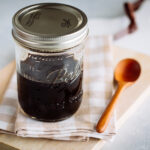
Prevent your screen from going dark
-
Gather all the ingredients. See Notes below for half-portion ingredients and substitutions for sake and mirin.
-
In a saucepan, add ½ cup sake, ½ cup mirin, ½ cup soy sauce, and ¼ cup sugar. Bring the mixture to a boil over medium heat and continuously whisk the sauce until the sugar is dissolved.
-
Once boiling, lower the heat to medium-low. Simmer for 10–15 minutes or until the sauce is thickened. As you mix the sauce or tilt the saucepan, small bubbles will start to rise and appear on the surface. When this happens, the sauce is ready to use.
-
Pour the sauce into a sterilized jar and leave uncovered to cool. The sauce will thicken as it cools.
To Use the Teriyaki Sauce
-
Teriyaki Salmon: Season thin-sliced salmon fillets with salt and freshly ground black pepper. Lightly coat the salmon with all-purpose flour. Heat a frying pan over medium heat, then add cooking oil or butter. Add the salmon to the pan and cook it on one side for 3 minutes. Once nicely browned, flip the salmon. Add 1 tablespoon sake and cover to cook for another 3 minutes. Remove the lid and spoon the teriyaki sauce over the salmon to coat well.
-
Teriyaki Chicken: Season boneless, skin-on chicken thighs (or chicken breast, if you prefer) with salt and freshly ground black pepper. Lightly coat the chicken with all-purpose flour. Heat a frying pan over medium heat, then add cooking oil or butter. Add the chicken to the pan, skin side down, and cook until browned. Flip the chicken and cover the pan until the chicken is cooked through. Wipe off the oil from the frying pan with a paper towel. Spoon the teriyaki sauce over the chicken to coat well.
-
Teriyaki Tofu: Drain a block of firm tofu (pressing it or microwaving it for 1 minute). Cut the tofu into slabs and lightly coat them with all-purpose flour. Heat a frying pan over medium heat, then add cooking oil. Add the tofu slabs and cook on both sides until golden brown. Spoon the teriyaki sauce over the tofu to coat well.
-
You can also pour additional teriyaki sauce onto the finished dish.
- with alcohol: ½ cup dry sherry or Chinese rice wine
- without alcohol: ½ cup water
Substitution for ½ cup mirin:
- with sake: ¼ cup sake + ¼ cup water + 3 tablespoons sugar
- without sake: ½ cup water + 3 tablespoons sugar
For a half portion:
- ¼ cup (4 tablespoons) sake
- ¼ cup (4 tablespoons) mirin
- ¼ cup (4 tablespoons) soy sauce
- 2 tablespoons sugar
Serving: 1 cup · Calories: 754 kcal · Carbohydrates: 84 g · Protein: 13 g · Sodium: 7683 mg · Potassium: 31 mg · Sugar: 86 g · Calcium: 7 mg · Iron: 1 mg
Editor’s Note: This post was originally published on June 12, 2013. It was updated with a new video and images in January 2018 and with more helpful content on February 26, 2025.

